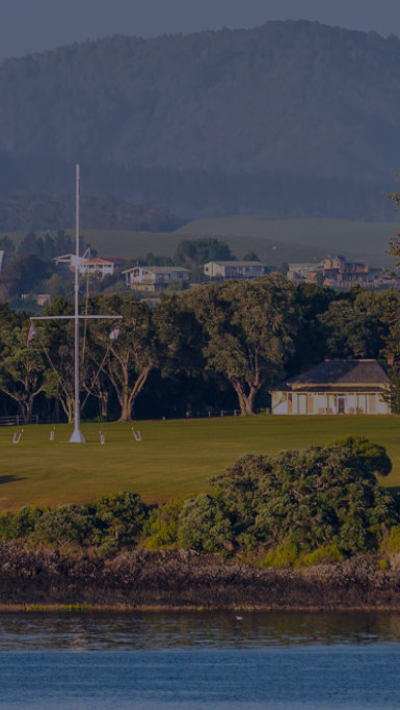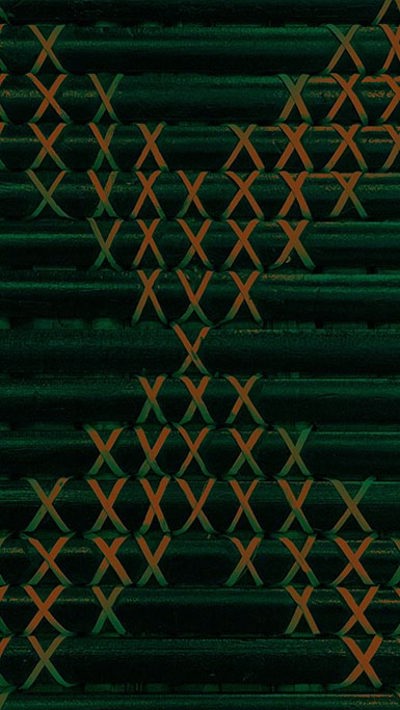Speak to our experts
Contents
The Supreme Court in the Ellis v R decision has elevated tikanga Māori in the law of Aotearoa New Zealand.1 Where previously the Supreme Court has found that tikanga Māori is just one common law value to be weighed among others, the Ellis judgment acknowledges tikanga as a freestanding legal framework that may determine the result of future cases.
Background
Mr Ellis, a crèche worker, was convicted of child sex offences in 1993 but maintained his innocence, lodging multiple appeals, culminating in July 2019, when he applied for leave to appeal to the Supreme Court. He died before this could be progressed, which would normally bring an end to the proceedings.
But the Supreme Court requested submissions on whether it was in the interests of justice for the appeal to continue and specifically, whether principles of tikanga Māori were relevant to whether Mr Ellis’ reputation (or mana) should influence the future of the appeal.
The Court received a “Statement of Tikanga” prepared by respected kaumātua and tikanga Māori experts, including Sir Hirini Moko Mead and Sir Pou Temara, after a wānanga which was also attended by the parties’ counsel and was intended to assist the Court as a resource on tikanga Māori and its place in the law of Aotearoa New Zealand.
Tikanga Māori in the common law
The Supreme Court delivered two judgments – one quashing Mr Ellis’ offences on the basis of a substantial miscarriage of justice2 and the other providing context and reasoning for allowing the appeal to continue, drawing on key tikanga principles.
The second judgment, which is the focus of this pūrongo, considered:
- How tikanga Māori may be relevant to the issues, and
- If tikanga principles affect whether an appeal should continue despite the death of an appellant.
Majority decision
The Supreme Court majority (Winkelmann CJ, Glazebrook and Williams JJ) allowed Mr Ellis’ appeal after balancing public interest in the case and the real possibility of a miscarriage of justice and, while finding that tikanga considerations were not determinative in this instance, proposed a new framework by which courts will examine tikanga issues in future cases.
The majority accepted that tikanga Māori was the first law of Aotearoa and that its values, which continue to operate in our society, are “older than our nation”.3 This finding crystallises similar indications in the lower courts as to the free-standing nature of tikanga Māori as a legal framework, such as by Palmer J in Ngati Whātua Ōrākei Trust v Attorney-General.4
The majority observed that tikanga has shaped social norms and already regulates the behaviour of Māori and non-Māori – for example the observance of rāhui in response to events causing death, such as the eruption of Whakaari (White Island) in 2019. And, as a result of the Treaty of Waitangi relationship, tikanga Māori should influence the development of the common law because the common law must serve all in society.5
The judgment reflects a shift from the earlier rules for incorporation of tikanga adopted in Takamore v Clarke (existence since time immemorial, reasonableness, certainty, continuity and non-extinguishment).6
Instead, it holds that tikanga Māori should be incorporated in the common law not as custom to be applied through “colonial tests” but contextually, after considering the circumstances of a particular case – reflecting the notion that the common law is in a perpetual “state of transition”.7
The majority accepted that incorporating tikanga Māori to influence the development of the common law is not necessarily straightforward and will be context specific. However there is no assumption that there will always be tension between the two.
Questions remain as to:
- The extent to which tikanga will be determinative. The Court accepts that in some cases, tikanga and its principles may be controlling: for example, where Treaty principles and/or tikanga have been given this status in statute, or where the factual context justifies it. In other cases, they may only be relevant considerations, alongside other factors, and
- The manner in which tikanga will be considered. A formal Statement of Tikanga will not always be required or even feasible. Other options identified by the Court range from the taking of submissions, to a statement of tikanga from a pūkenga, to the appointment of independent pūkenga to assist the Court, to referral to the Māori Appellate Court8.
Williams J suggested that tikanga principles could be considered:9
- Depending on the circumstances of the case, including the legal context, and/or
- Where a tikanga perspective may assist dispute resolution.
In Ellis, tikanga principles such as hara, mana, whanaungatanga, and ea helped strengthen the majority’s view that the appeal should continue. The application of this methodology in this case was especially notable given that, so far as the Court was aware, none of the complainants, the appellant or their families is Māori.
Minority decision: ongoing conversation on tikanga Māori
O’Regan and Arnold JJ (dissenting) would have declined the appeal once the appellant had died. Although accepting the legitimacy of tikanga, they did not consider this was the right case to make general “pronouncements” relating to the incorporation of tikanga in Aotearoa New Zealand’s common law.
Chapman Tripp comments
The influence this decision will have on the development of the common law will be interesting and significant. It is a potential game-changer in two respects:
- It clarifies that, where tikanga Māori is relevant to a particular case, the courts’ consideration of it ought not to be through a “Pākehā lens”10, and
- It establishes that tikanga may be determinative in deciding the outcome of cases.
But it leaves open questions as to how lower courts can practically implement the guidance provided by the Supreme Court, especially if tikanga is contested by the parties.
These challenges notwithstanding, Ellis demonstrates that the legal system of Aotearoa New Zealand has the capacity to weave the threads of common law and tikanga Māori to create new cloth – for Māori and non-Māori alike.
1 Ellis v R [2022] NZSC 114.
2 Ellis v R [2022] NZSC 115.
3 At [172].
4 Ngāti Whātua Ōrākei Trust v Attorney-General [2022] NZHC 843 at [355].
5 At [174].
6 Takamore v Clarke [2012] NZSC 116.
7 At [116].
8 Ellis v R [2022] NZSC 114 at [125].
9 At [263] – [266].
10 At [96]; see also Trans-Tasman Resources Ltd v Taranaki-Whanganui Conservation Board [2021] NZSC 127, [2021] 1 NZLR 801.


























